Written by Stan Ingersol
From his column Past to Present
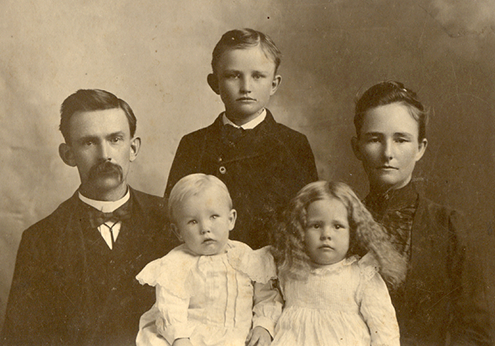
The regional groups forming the Church of the Nazarene all had female ministers. This differentiated them from contemporary denominations and bound these merger partners together. One outcome is that clergy couples (marriages in which both partners are ordained ministers) have been a consistent part of Nazarene life throughout our history.
At the beginning, the most prominent clergy couples in the South were C. B. and Johnny Hill Jernigan, Mary Lee and Henry Cagle, Emily and E. P. Ellyson, and Emma and Allie Irick. In three instances, the husband was a district superintendent and the wife was the district evangelist.
In the case of the Ellysons, he was a general superintendent for three years but they both devoted their lives primarily to education. When E. P. was a college president, Emily often chaired the religion department at the same school. In 1923, he was elected to establish the Department of Church Schools, and she came on board as his right-hand woman, writing and editing curriculum alongside him.
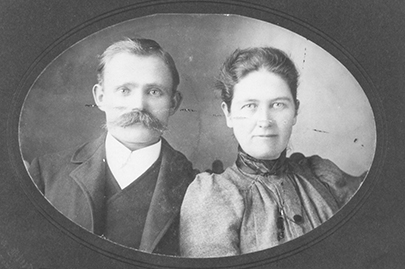
In the Northeast, Susan and Abram Fitkin met while each was involved in evangelism. They were a clergy couple until Abram decided to enter business. Lura Horton, ordained at the First General Assembly (Chicago, 1907), married Arthur Ingler, noted singer, songwriter, and pastor. Throughout their marriage, they alternated between years when they co-pastored or served as itinerant evangelists.
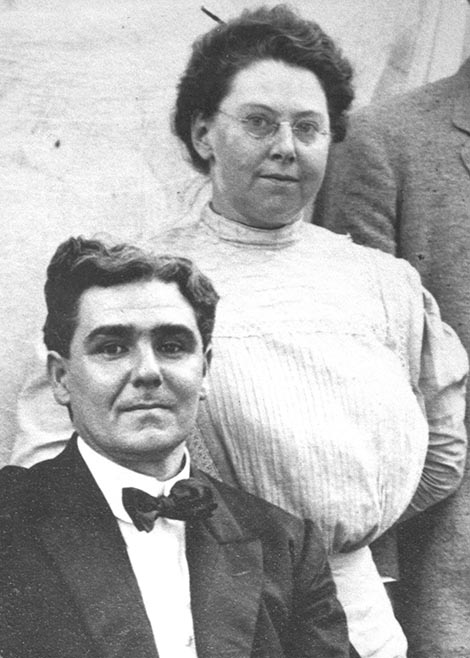
Theodore and Minnie Ludwig were a noted Midwestern clergy couple who devoted themselves primarily to evangelism. For more than 40 years, they conducted revival services in over 40 states and Canada. During his tenure as superintendent of the Nebraska District, she was district evangelist. Together, they planted 16 churches in just three years.
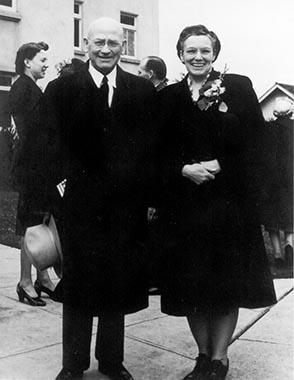
Bertha and Haldor Lillenas met at Pasadena College but lived most of their adult lives in the Midwest. They were co-pastors for 15 years in California, Texas, and Indiana, and closed this phase of their ministry after 5 years as pastors of Indianapolis First Church. She began conducting revivals, which helped support the family financially, while he worked hard to establish a sound footing for his music venture, Lillenas Publishing Company. Nazarene Publishing House purchased the company from them, and they moved to Kansas City, where Haldor continued managing it. He could write and edit music while on the road, so they traveled extensively as preaching and singing evangelists. Bertha also wrote songs, and their voices harmonized beautifully.
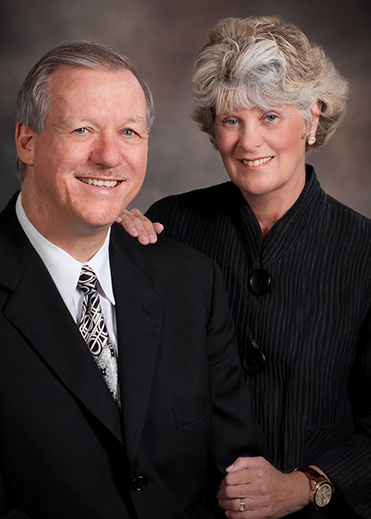
Clergy couples in pastoral ministry developed different ways to share the work. Bessie and C. V. Dillingham exemplified one model. As pastors in Shreveport, Louisiana, he generally preached on Sunday mornings, delivering a sermon that focused on discipleship or doctrine. “Sister Dill,” as congregants called her, took the pulpit most Sunday nights and preached an evangelistic sermon.
Charles and Mary Hopkins divided the preaching task differently. At their church in Hartford, Connecticut, He would preach on Sunday morning and she on Sunday night; the next week, she would preach Sunday morning and he at night. The couple was remembered fondly for providing a “spiritual, loving and caring” ministry.
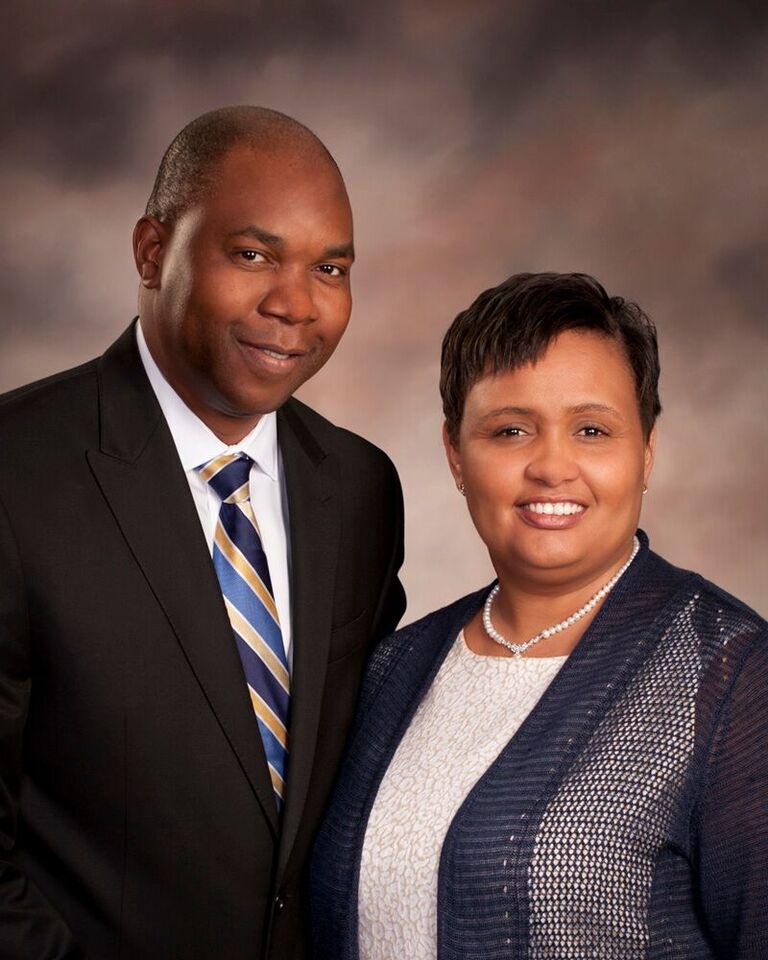
Some clergy couples played very substantial roles. While C. B. Jernigan planted churches and built the Oklahoma District as its first superintendent, Johnny Hill Jernigan was establishing the Nazarene Home in Bethany—a sanctuary for unwed mothers patterned after Pilot Point Rest Cottage. The Nazarene Home was one of four pillars (including the Oklahoma Orphanage, Oklahoma Holiness College, and Bethany First Church) upon which the community of Bethany, Oklahoma, was founded.
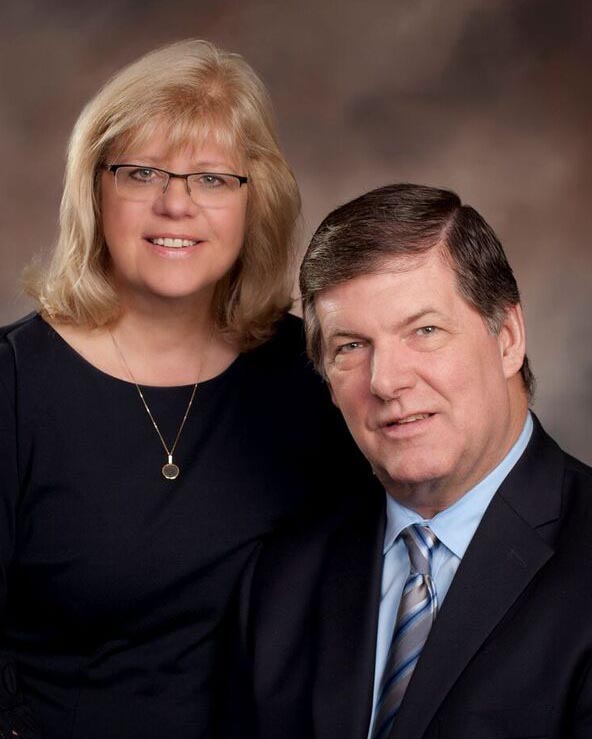
The most prominent early clergy couple in the West were DeLance and Elsie Wallace on the Northwest District. She was the consummate pastor and founded Spokane First Church, which met initially in her home, which is precisely where Phineas Bresee ordained her in 1902. She later founded Walla Walla First Church, participated in revival campaigns that launched another dozen district churches, and pastored Seattle First Church.
DeLance was actually a bivocational district superintendent. A railway representative, he traveled on the railroad’s dime, but preached and visited district churches wherever he went. Elsie served a brief term as Northwest District superintendent, too, her tenure cut short by her husband’s election as NPH manager and their subsequent move to Kansas City.
E. P. Ellyson was not the only general superintendent who was half of a clergy couple. J. B. Chapman’s second wife, Louise Robinson, had been ordained to the ministry before she served as a missionary to Africa, where she preached extensively. They were the church’s most visible clergy couple during the 1940s and were together for five years before he died.
In more recent days, General Superintendent Emeritus Jerry Porter, and current BGS members Filamão Chambo and Carla Sunberg are both married to ordained ministers. Chambo also grew up as the son of a clergy couple in Mozambique.
Stan Ingersol is manager of archives for the Church of the Nazarene.
